Customer First: How to Build Loyalty and Drive Growth with AI Technology

In an era where customer expectations are higher than ever, adopting a customer-first strategy is crucial for business success. This comprehensive guide delves into the essence of putting customers at the forefront, highlighting the transformative impact of technologies like free AI chatbot on enhancing customer interactions. Discover how prioritizing customer needs can drive loyalty, improve retention, and boost your bottom line, setting your business apart in today's competitive landscape.
What Does Customer First Mean?
The principle of what is customer first revolves around prioritizing the customer at every level of the organizational decision-making process. This approach ensures that every strategy, product development, service enhancement, and policy implementation is done with the customer's needs and preferences in mind. It's about seeing the business from the customer's perspective and making their satisfaction and loyalty the cornerstone of business operations.
What are the Benefits of a Customer-First Strategy?
Adopting a customer-first strategy offers numerous benefits for businesses, enhancing their competitive edge, fostering loyalty, and driving growth. Here are some of the key advantages:
- Improved Customer Retention: A customer-first approach leads to higher satisfaction rates, fostering loyalty and encouraging repeat business.
- Increased Bottom Line: Satisfied customers are more likely to make additional purchases and bring in higher revenue over time.
- Higher Employee Retention: When a company values its customers, it creates a positive work environment that boosts employee morale and reduces turnover.
- Stronger Competitive Advantage: Businesses that are genuinely customer-focused differentiate themselves in the market, attracting more customers and establishing a solid reputation.
- Enhanced Brand Reputation: Happy customers become brand advocates, spreading positive word-of-mouth and boosting the company's reputation organically.
10 Essential Tips for Putting Customers First
Putting customers first is a fundamental strategy for businesses aiming to build loyalty, enhance customer satisfaction, and drive growth. Here are 10 essential tips for achieving this:
- Deeply Understand Your Customers: Start by collecting and analyzing data on your customers to uncover their preferences, behaviors, and requirements. This deep dive into customer insights enables you to predict and meet their desires effectively, embodying the principle that the customer is always right. Tailoring your strategies to align with their expectations is key to success.
- Proactively Deliver Customer Experiences: Shift from a reactive to a proactive stance by using data analytics to foresee and address potential issues before they impact your customers. Initiating communication, such as preemptively notifying customers about delays, can greatly improve satisfaction levels, demonstrating that you value their time and experience.
- Empower Employees for Immediate Resolution: Give your team the power to make customer-centric decisions on the fly, avoiding the need for managerial escalation. This empowerment, rooted in training and trust, ensures swift problem resolution, leading to greater customer happiness and reinforcing the idea that the customer is always right.
- Actively Solicit and Implement Customer Feedback: Engage in regular dialogue with your customers through surveys, social media, and direct interactions to gather their feedback. More critically, use this feedback to drive ongoing enhancements to your services or products. Demonstrating that customer opinions not only matter but also result in tangible improvements fosters a deeper sense of loyalty and trust.
- Foster a Customer-Centric Culture: Embed the ethos that the customer is always right into every layer of your organization. This means cultivating an environment where every decision and action prioritizes customer satisfaction. Encouraging a mindset across all employees to view operations through the customer's lens ensures a unified and dedicated approach to enhancing the customer experience.
- Offer Personalized Interactions: Leverage the power of data to tailor interactions and services directly to individual customer needs and preferences. Personalization, from using a customer's name in communications to customizing offers based on their history, underscores the value placed on their unique relationship with your brand.
- Ensure Consistency Across All Channels: Whether it's through a Customer Service Chatbot, email, social media, or in-person, maintaining a consistent quality and tone in all customer interactions reinforces trust and reliability. Consistency across channels shows customers that they can expect the same high level of service no matter how they choose to engage with your brand.
- Invest in Training for Frontline Employees: Equip your customer-facing staff with the knowledge and skills to effectively address and anticipate customer needs. Comprehensive training programs ensure that employees are not only familiar with your products and services but also embody the principle that the customer is always right, enabling them to deliver superior service.
- Leverage Feedback for Continuous Improvement: Make it a routine practice to not just collect, but also analyze and act upon customer feedback. This continuous loop of feedback and improvement signals to customers that their voices are heard and valued, leading to enhancements that directly reflect their desires and feedback.
- Utilize Technology for Greater Accessibility: Adopt technological solutions like a customer service chatbot, mobile apps, and efficient CRM systems to make it simpler for customers to connect with your brand. These tools are essential in creating a frictionless and responsive experience at every customer touchpoint, ensuring that interactions with your brand are as seamless and positive as possible.
Creating a Customer-First Culture
Here's how you can cultivate a customer-first culture in your organization:
- Adopting Call Center Software for Personalized Support: A leading e-commerce platform revolutionized its customer support by implementing advanced call center software. This technology enabled them to offer personalized support through efficient call routing, caller identification, and history tracking, significantly reducing wait times and improving customer satisfaction.
- Utilizing Free Live Chat Software to Boost Engagement: An up-and-coming online education provider leveraged free live chat software to engage with students in real-time. This approach allowed them to address queries instantly, provide additional resources, and guide students through their learning journey, fostering a supportive and responsive educational environment.
- Enhancing Customer Service with a Chatbot: A travel agency introduced a sophisticated Chatbot to their website, offering 24/7 assistance to travelers. This Chatbot could handle bookings, provide travel advice, and resolve common issues, ensuring travelers had support whenever they needed it, which greatly enhanced the overall customer experience.
- Streamlining Operations with Help Desk Software: A software development firm integrated help desk software into their customer service operations. This tool helped them efficiently manage and resolve customer issues, track the performance of their support team, and gather insights to improve their products and services continually.
Examples of Businesses Putting the Customer First
Innovative companies are constantly finding new ways to put their customers at the heart of their operations. Here are fresh examples of businesses successfully implementing customer-first strategies, seamlessly integrating cutting-edge solutions to enhance the customer experience.
- Amazon: Personalization at Scale
- Apple: Prioritizing User Experience in Design
- Netflix: Revolutionizing Content with Customer Insights
- Airbnb: Building Community Trust Through Transparency
- Starbucks: Personalizing the Coffee Experience
- Spotify: Curating Music with Personalized Playlists
- Warby Parker: Disrupting Retail with Customer Convenience
- Casper: Redefining Sleep with Customer-Centric Design
- Syfe: A Paradigm of Customer Segmentation Excellence
- Zappos: A Benchmark for Customer Service Excellence

Amazon has set the standard for customer personalization, using data analytics to offer tailored recommendations and a seamless shopping experience. By prioritizing customer convenience through features like one-click ordering and personalized shopping suggestions, Amazon ensures that each customer feels uniquely valued.
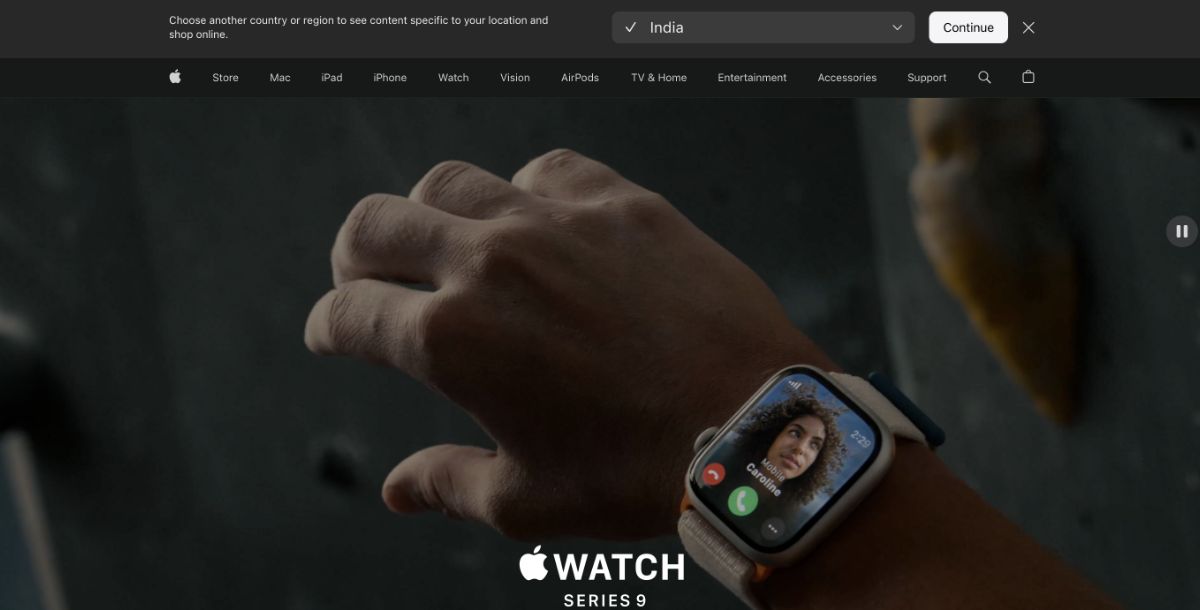
Apple's commitment to simplicity and innovation in design ensures that its products are not only cutting-edge but also user-friendly. This focus on the customer experience extends to its retail stores and customer support, making Apple a model for integrating product design with customer satisfaction.
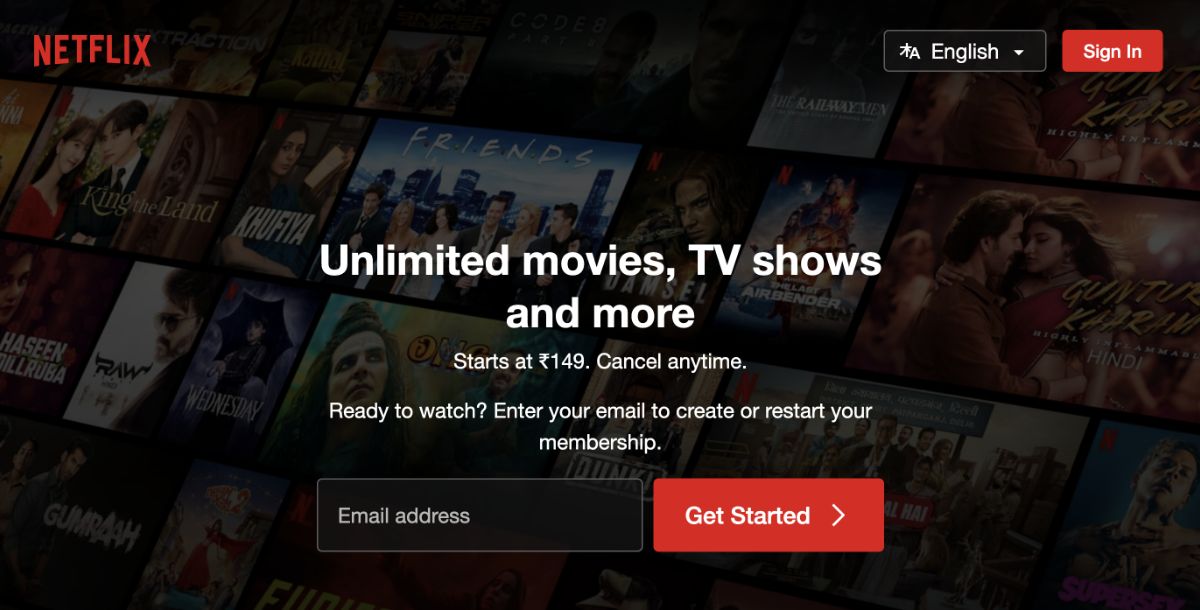
Netflix uses customer viewing habits and feedback to shape its content offerings and user interface. This customer-first approach in content curation and recommendation algorithms keeps viewers engaged and subscribed, showcasing the power of leveraging customer data to drive business decisions.
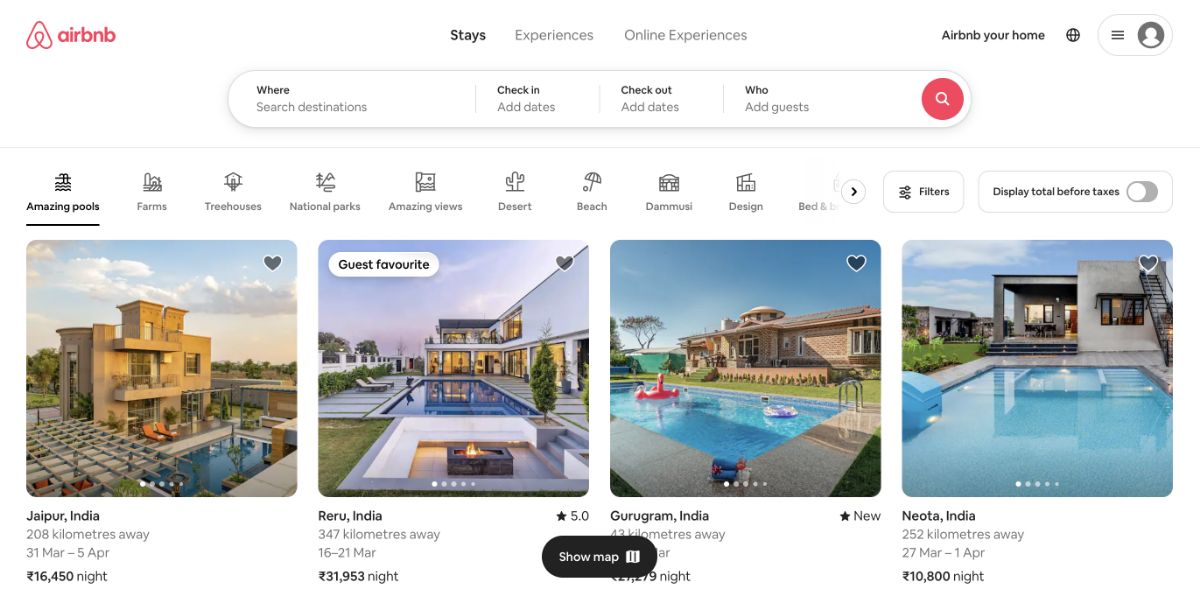
Airbnb's platform design emphasizes trust and transparency between hosts and guests. Features like verified reviews, detailed host profiles, and secure messaging foster a sense of community and safety, placing customer concerns at the forefront of the platform experience.

Starbucks uses its mobile app to offer personalized deals and streamline the ordering process, enhancing the customer experience with convenience and customization. This digital engagement strategy not only improves efficiency but also strengthens customer relationships through tailored interactions.
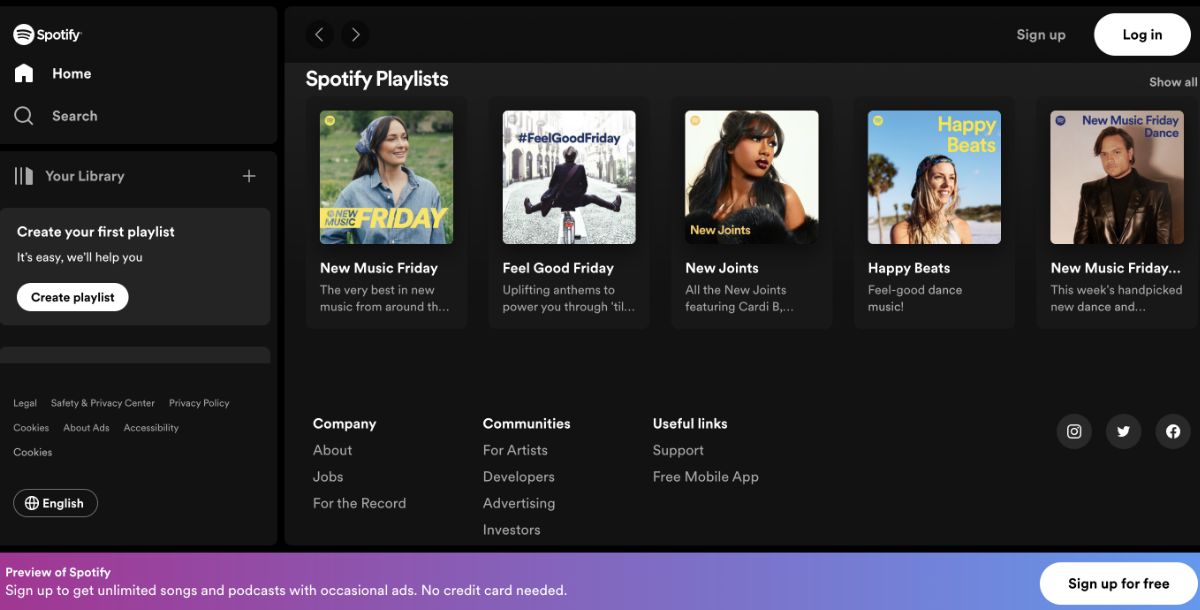
Spotify's use of algorithms to create personalized playlists and recommend new songs demonstrates its customer-first approach to music streaming. By understanding and anticipating user preferences, Spotify ensures a unique and satisfying listening experience for each subscriber.
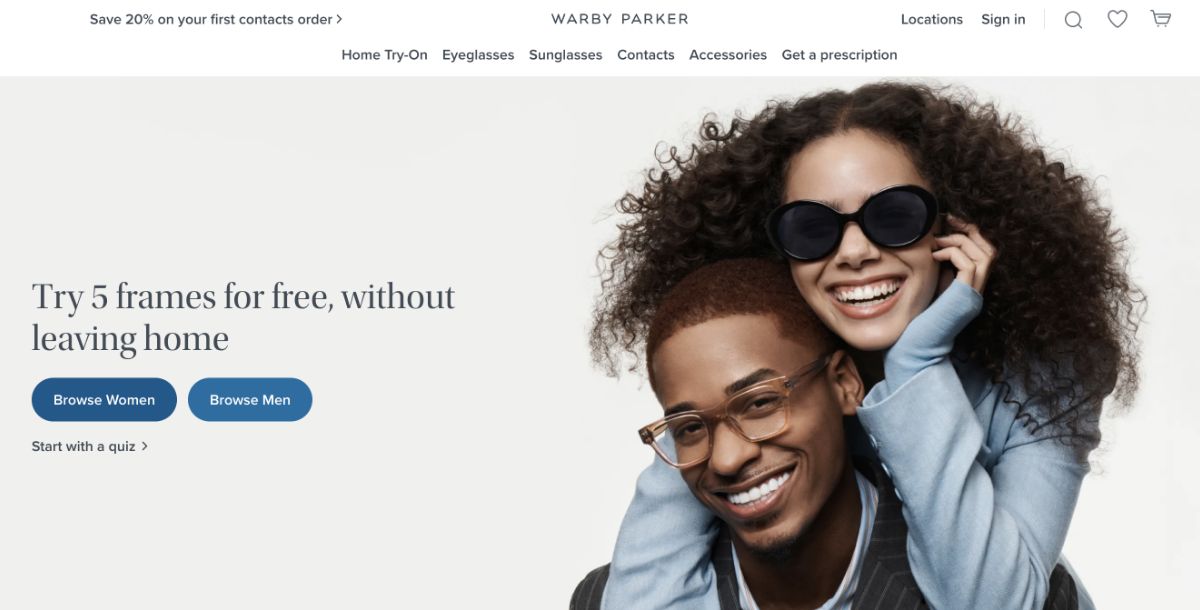
Warby Parker's home try-on program exemplifies its customer-first strategy, offering convenience and personalization in the eyewear purchasing process. This innovative approach reduces the hassle of finding the perfect pair of glasses, putting customer needs and satisfaction at the center of its business model.
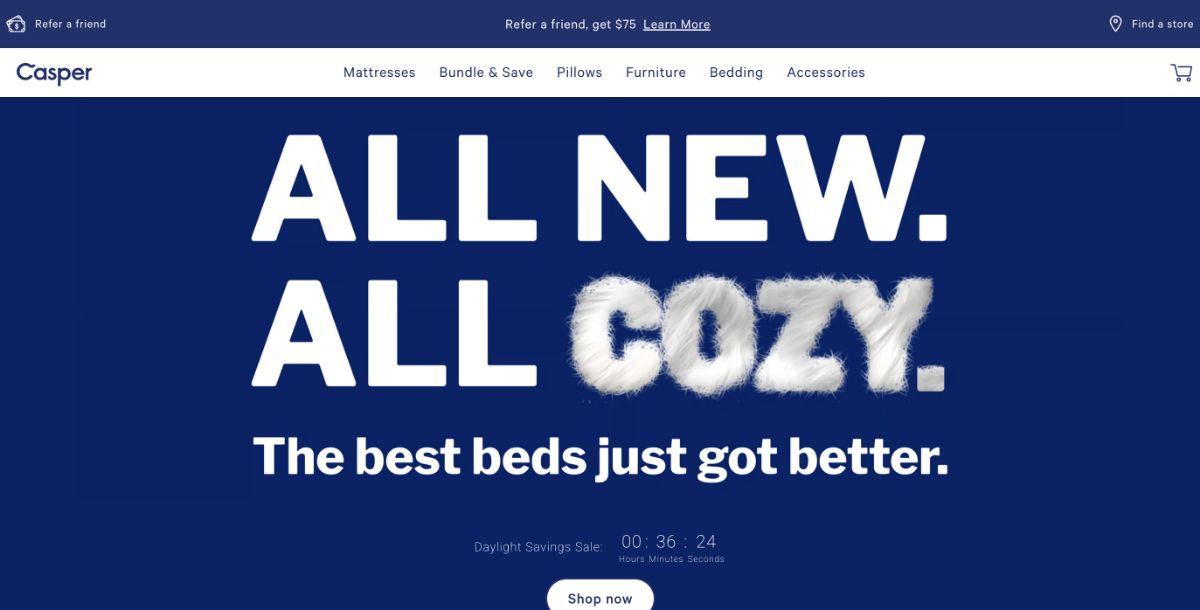
Casper's focus on customer feedback has driven the design of its mattresses, offering a trial period that reflects its commitment to customer satisfaction. By prioritizing comfort and convenience, Casper has disrupted the traditional mattress industry with a customer-first approach.
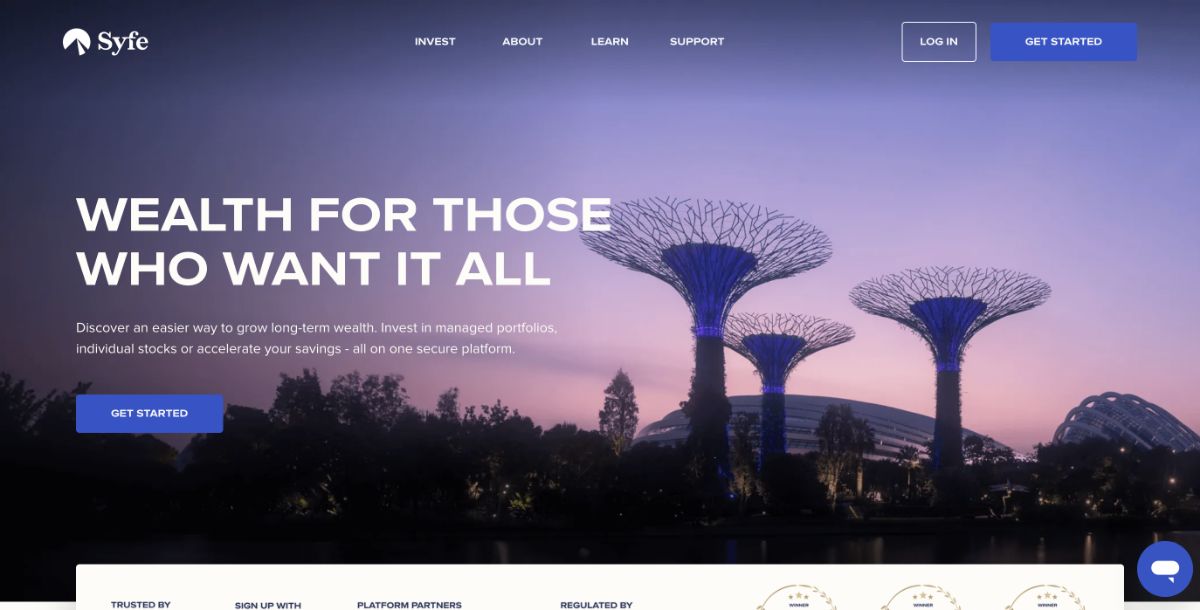
Syfe, a Singapore-based fintech company, has revolutionized the way it interacts with its diverse customer base by leveraging customer segmentation. By understanding the unique needs and preferences of different customer segments, Syfe has tailored its financial services and communication strategies to provide personalized experiences. This approach not only enhances customer satisfaction but also fosters loyalty and trust, encouraging customers to engage more deeply with the brand.
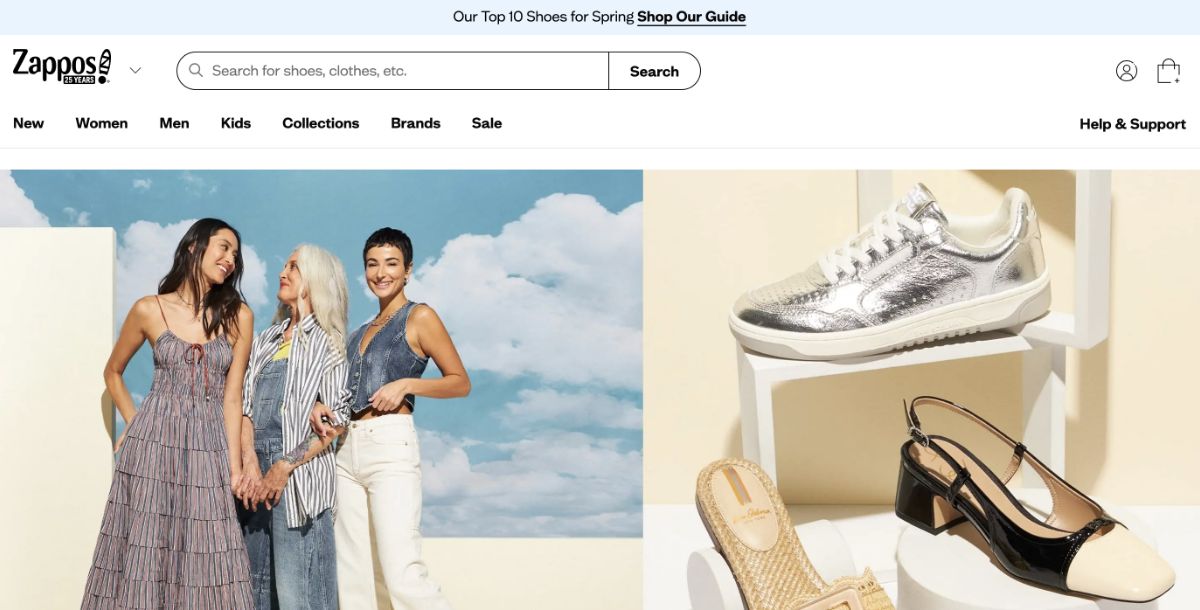
Zappos, an online shoe and clothing retailer, is renowned for its exceptional customer service. The company empowers its customer service representatives to go above and beyond to ensure customer satisfaction, including free shipping, a 365-day return policy, and personal assistance. This dedication to customer happiness has made Zappos a leader in customer loyalty and trust.
Conclusion
The journey towards a customer-first strategy is transformative, guiding businesses to not only meet but exceed customer expectations. By deeply understanding customer needs, delivering proactive experiences, empowering employees, valuing feedback, and leveraging technology, companies can foster a culture that places the customer at the heart of everything they do. This approach not only enhances customer satisfaction and loyalty but also drives business growth and competitive advantage. Among the innovative solutions, chatbots stand out as a powerful tool for providing round-the-clock assistance, ensuring that customer support is always just a click away. By integrating a chatbot into your customer service strategy, you can offer immediate, personalized support, making every customer interaction more efficient and satisfying. Ready to elevate your customer service experience? Explore our chatbot builder and discover how easy it is to create a chatbot that meets your unique business needs.
Related Articles
- What is Hugging Face and How It Works?
- How to Automate Workflows with ChatGPT
- Practical Applications of AI Text to Video generation across industries
- A Very Exclusive Holiday Season Offer From Appy Pie!!
- 71+ Best Design Boards to Follow on Pinterest
- Yellow Orange Color: Psychology, HEX Code, and Applications
- How to Create a Knowledge Base? – A Thorough Guide
- Notion vs. Evernote: Which App Suits Your Needs Best?
- Creating the Ultimate Customer Service Team: A Guide to Hiring
- Top eCommerce Integrations for Your Online Store
